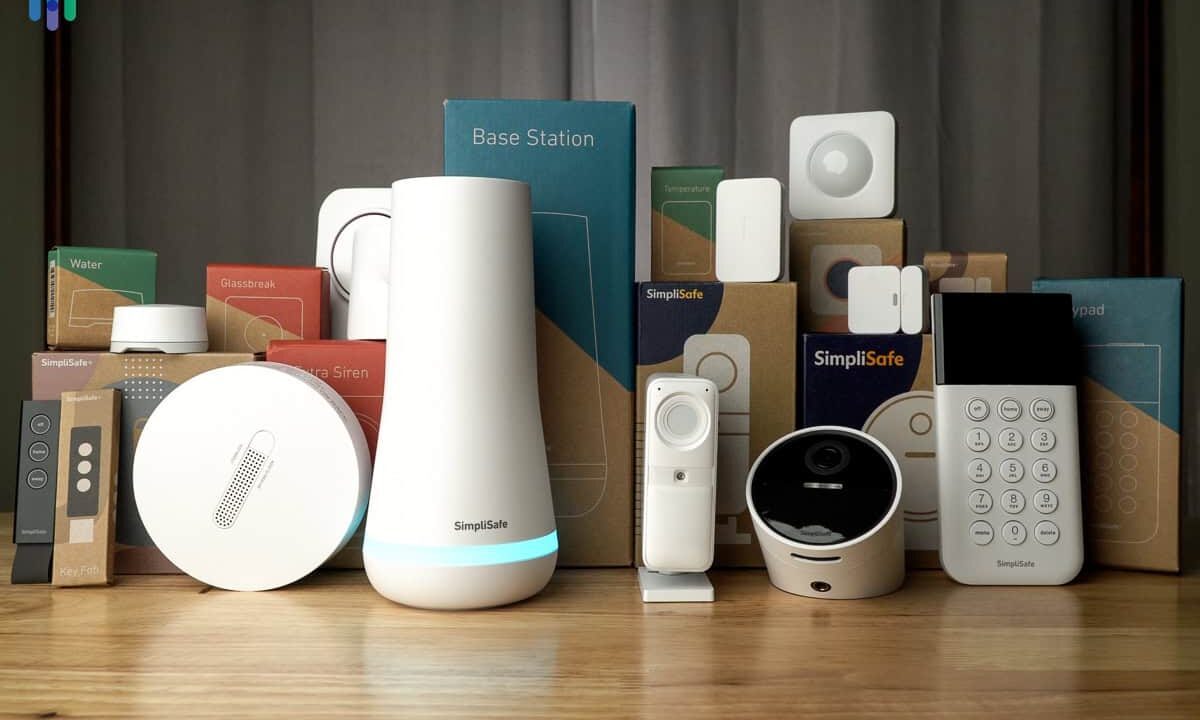When my grandmother started forgetting where she parked her car or struggled to button her favorite cardigan, our family knew it was time to explore care options. It wasn’t an easy conversation—nobody wants to admit their loved one needs help—but it opened my eyes to the world of senior care. From independent living to memory care, the levels of care available can feel like a maze. This article breaks down the different types of elderly care facilities, what they offer, and how to choose the right one for your loved one. Whether you’re researching for a parent, grandparent, or even yourself, let’s navigate this journey together with clarity and a touch of warmth.
What Are Elderly Care Facilities?
Elderly care facilities are specialized residences designed to support seniors with varying needs, from minimal assistance to round-the-clock medical care. These facilities cater to older adults who may no longer thrive living independently but aren’t ready to say goodbye to their sense of freedom or dignity. Each type of facility offers a unique blend of services, tailored to different stages of aging.
Why Understanding Levels of Care Matters
Choosing the right care level ensures your loved one gets the support they need without sacrificing independence. Misjudge the level, and they might feel stifled or underserved. It’s like picking the perfect pair of shoes—too tight, and it’s uncomfortable; too loose, and they’re tripping.
The Main Levels of Senior Care
Senior care facilities offer a spectrum of support, from hands-off communities to intensive medical environments. Below, we’ll explore the primary levels of care, their features, and who they’re best suited for.
Independent Living: Freedom with a Safety Net
Independent living communities are designed for active seniors who want to maintain their lifestyle with minimal assistance. Think of it as a retirement resort—social activities, meal plans, and maintenance-free living, but with the freedom to come and go as you please.
- Best for: Seniors who are self-sufficient but want to ditch home maintenance or enjoy community perks.
- Services: Housekeeping, group activities, transportation, and sometimes dining options.
- Cost: Typically $1,500–$4,000/month, depending on location and amenities.
Assisted Living: A Helping Hand for Daily Tasks
Assisted living bridges the gap for seniors who need help with daily activities like bathing, dressing, or medication management but don’t require full-time medical care. My friend Sarah’s dad moved into one after a fall, and she says it gave him the support he needed while keeping his social calendar full.
- Best for: Seniors needing help with activities of daily living (ADLs) but still valuing independence.
- Services: Personal care, medication management, meals, and social programs.
- Cost: Median cost around $4,885/month, with additional fees for higher care levels.
Levels of Care Within Assisted Living
Assisted living facilities often use a tiered system, with levels (e.g., Level 1 to 5) based on a resident’s needs. A higher level means more hands-on care, like assistance with mobility or continence, which can add $500–$1,000/month to the base fee.
- Assessment: Facilities use a point system to evaluate ADLs, assigning scores (e.g., 1 for independence, 5 for full dependence).
- Why it matters: Ensures residents only pay for the care they need.
Memory Care: Specialized Support for Cognitive Challenges
Memory care units, often within assisted living facilities, cater to seniors with Alzheimer’s or dementia. These secure environments prioritize safety and cognitive stimulation. When my neighbor’s mom wandered off one night, her family found peace knowing a memory care unit had locked doors and trained staff.
- Best for: Seniors with cognitive impairments needing structured, secure environments.
- Services: 24/7 supervision, memory-enhancing activities, and specialized staff training.
- Cost: $6,000–$9,000/month, reflecting the intensive care provided.
Nursing Homes: Comprehensive Medical Care
Nursing homes, or skilled nursing facilities, provide 24/7 medical care for seniors with chronic conditions or complex medical needs. They’re less about lifestyle and more about health management, offering services like wound care or IV therapy.
- Best for: Seniors with significant medical needs or post-hospital recovery.
- Services: Skilled nursing, physical therapy, and chronic disease management.
- Cost: $7,000–$10,000/month, varying by care intensity and location.
Hospice Care: Compassionate End-of-Life Support
Hospice care focuses on comfort and quality of life for terminally ill seniors, often provided in a facility, at home, or within other care settings. It’s about dignity, not cure, and includes emotional support for families.
- Best for: Seniors with a life expectancy of six months or less.
- Services: Pain management, counseling, and spiritual support.
- Cost: Often covered by Medicare or private insurance, with minimal out-of-pocket costs.
Comparing Levels of Senior Care
Choosing the right facility depends on your loved one’s needs, budget, and preferences. Here’s a quick comparison to help you decide:
| Care Level | Best For | Key Services | Cost Range (Monthly) |
|---|---|---|---|
| Independent Living | Active, self-sufficient seniors | Housekeeping, social activities, dining | $1,500–$4,000 |
| Assisted Living | Seniors needing help with ADLs | Personal care, medication management | $4,000–$7,000 |
| Memory Care | Seniors with dementia/Alzheimer’s | Secure environment, cognitive therapies | $6,000–$9,000 |
| Nursing Homes | Seniors with complex medical needs | Skilled nursing, rehabilitation | $7,000–$10,000 |
| Hospice Care | Terminally ill seniors | Pain management, emotional support | Often Medicare-covered |
Pros and Cons of Each Care Level
Each option has strengths and trade-offs. Here’s a breakdown:
Independent Living
- Pros: Freedom, vibrant community, low maintenance.
- Cons: Limited care for future health declines, can feel isolating if not social.
Assisted Living
- Pros: Balances independence with support, customizable care levels.
- Cons: Costs can rise with additional care needs, not ideal for severe medical conditions.
Memory Care
- Pros: Safe, specialized environment, trained staff for cognitive issues.
- Cons: Higher costs, limited freedom due to security measures.
Nursing Homes
- Pros: Comprehensive medical care, ideal for post-hospital recovery.
- Cons: Less focus on lifestyle, can feel institutional.
Hospice Care
- Pros: Focus on comfort and dignity, family support included.
- Cons: Limited to end-of-life care, emotionally challenging for families.
How to Choose the Right Facility
Picking the right care level feels like a high-stakes decision, but it doesn’t have to be overwhelming. Start by assessing your loved one’s needs—can they cook for themselves, or do they need help with medications? Next, consider their personality. My uncle, a social butterfly, thrived in an independent living community with weekly bingo nights, but a shy senior might prefer a quieter assisted living setting.
Steps to Find the Perfect Fit
- Assess Needs: Work with a doctor or care manager to evaluate ADLs and medical requirements.
- Tour Facilities: Visit multiple options to compare amenities, staff demeanor, and cleanliness.
- Check Reviews: Look at Google or Yelp reviews for honest feedback from residents and families.
- Ask About Costs: Clarify base fees, additional charges, and what’s included (e.g., meals, activities).
- Consider Location: Proximity to family can ease the transition and encourage visits.
Where to Find Senior Care Facilities
- Online Directories: Sites like A Place for Mom or Caring.com offer free tools to find facilities by location and care level.
- Local Resources: Contact your Area Agency on Aging or check Google My Business listings for nearby options.
- Referrals: Ask doctors, friends, or community centers for trusted recommendations.
Best Tools for Researching Senior Care
- Google Keyword Planner: Find local search terms like “assisted living near me” to discover top-ranked facilities.
- Ahrefs or SEMrush: Analyze facility websites for services and reviews to gauge credibility.
- Google My Business: Check ratings, photos, and resident feedback for transparency.
People Also Ask (PAA)
Here are real questions from Google’s PAA section, answered concisely to address searcher intent:
What is the difference between assisted living and nursing homes?
Assisted living focuses on help with daily tasks like bathing, while nursing homes provide 24/7 medical care for complex health needs. Assisted living emphasizes lifestyle; nursing homes prioritize medical management.
How much does senior care cost?
Costs vary: independent living ($1,500–$4,000/month), assisted living ($4,000–$7,000/month), memory care ($6,000–$9,000/month), and nursing homes ($7,000–$10,000/month). Hospice is often Medicare-covered.
What is memory care in senior living?
Memory care is a secure unit for seniors with Alzheimer’s or dementia, offering 24/7 supervision, cognitive activities, and safety features like locked doors to prevent wandering.
How do I know if my loved one needs senior care?
If they struggle with ADLs (e.g., dressing, bathing), have frequent falls, or show cognitive decline, it’s time to explore care options. Consult a doctor for a needs assessment.
SEO Strategies for Finding Senior Care Facilities
For families searching online, senior care facilities rely heavily on search engine optimization (SEO) to stand out. Understanding SEO can help you find reputable options. Facilities use local keywords like “memory care in Phoenix” or “assisted living near me” to rank higher on Google. Check their Google My Business profiles for reviews and photos, and look for sites with high-quality content, like blogs on senior health, to gauge trustworthiness.
Why SEO Matters for Senior Care
A strong online presence means a facility is likely reputable and engaged with its community. Look for sites with:
- Localized Content: Blogs about local events or care tips signal community involvement.
- High-Quality Backlinks: Links from healthcare blogs or local news boost credibility.
- Schema Markup: Structured data (e.g., ratings, services) enhances search visibility.
FAQ Section
What’s the cheapest senior care option?
Independent living is typically the most affordable, ranging from $1,500–$4,000/month, as it requires minimal care. Costs depend on location and amenities.
Can seniors stay at home instead of moving to a facility?
Yes, home care services provide non-medical or medical support at home, ideal for seniors who want to age in place but need assistance with ADLs.
How do I know if a facility is trustworthy?
Check online reviews on Google or Yelp, tour the facility, and verify licensing through your state’s health department. Positive testimonials and transparent pricing are good signs.
Does Medicare cover senior care facilities?
Medicare covers hospice care and some short-term nursing home stays (e.g., post-hospital rehab) but not long-term assisted living or memory care. Check with facilities for payment options.
How do I transition my loved one to a care facility?
Start with open conversations, involve them in tours, and choose a facility that aligns with their interests. Gradual visits and familiar items (e.g., photos) ease the move.
Final Thoughts
Choosing a senior care facility is deeply personal, like finding a new home for someone you love. Each level—independent living, assisted living, memory care, nursing homes, or hospice—offers unique support tailored to different needs. By assessing your loved one’s health, preferences, and budget, you can find a place where they’ll feel safe, valued, and cared for. Take your time, tour facilities, and lean on resources like A Place for Mom or local agencies. The right fit is out there, waiting to become their next chapter.





